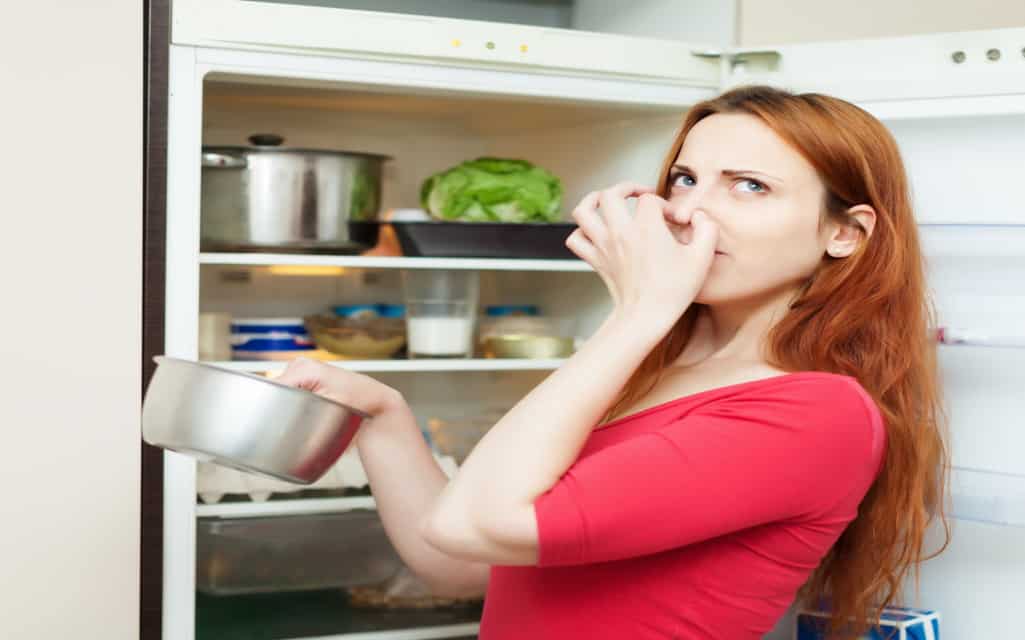Power failures can happen anywhere, anytime. They’re not confined to a certain time of year or climate.
You probably already have a power outage kit in your home. Flashlights, candles, a battery backup for your cell phone, and other essentials are in there, safe and sound. But do you have a plan for your food when your fridge isn’t getting electricity?
When food slowly warms up, it spoils, melts, and becomes rancid. Your perishables are wasted, and your appliance may never be the same again.
Luckily, you can prevent a lot of this damage with proper preparation. This short guide explains how long your food can survive and how you can reduce the waste during a power outage.
Keeping Your Food Cool
A power outage doesn’t have to mean your food is automatically destined for the trash can. In fact, there are lots of foods that can stay in an unplugged freezer for two days!
Without electricity, the fridge stays cold for around four hours. This length varies depending on the setting you had it on and how often you open the door.
To give your food the best chance of survival, keep the fridge door shut and sealed. It prevents the cold air from leaving the area. If you have freezer packs available, use them to cushion the most important items.
As long as the food stays below 41°F, it shouldn’t have any damage. You can check the thermometer in the fridge when the power comes back on to see exactly how close to that goal you’ve hit.
Anything below that temperature is dangerous to eat. It might look and smell fine, but it has been warm long enough that bacteria could have grown on it. Certain bacteria cause you to become sick if you eat the food it’s on, and you don’t want to take that chance.
How to Avoid Food Waste
Unless you have an insurance policy that replaces all your food and fixes appliance damage from a power outage, you need to take precautions. Invest in a generator strong enough to power your fridge and other essential electronics. If you can, find one with enough wattage to run your HVAC unit and lights, too.
Keep enough ice on hand to fill a small cooler. When you notice your fridge is getting close to that 41-degree point, move the ice and main perishables into the cooler. Anything that can’t be saved should be eaten or thrown away at that point.
Be careful not to leave frozen items in the freezer that will melt. If you forget to pull your ice cream out, you may find a soggy mess when you open the door.
Most importantly, top electricians suggest that you make sure your fridge is on a surge protector. This will reduce the chance of the appliance being overwhelmed with electricity when the power comes back on.
Too much of an overcharge can damage the circuits and destroy your fridge. It may even be strong enough to cause a fire. The small precaution of plugging the appliance into a surge protector can make a big difference to your safety.



